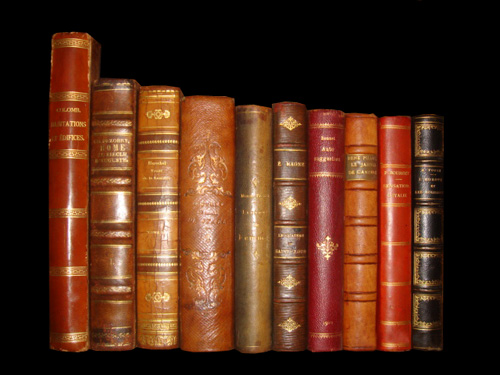



Poet and journalist Carl Sandburg, recently returned from abroad with a trunk full of Bolshevik literature, was detained in New York, his trunk seized. A 21-year-old Russian girl living in New York was sentenced to 15 years in prison for protesting U.S. intervention in Arctic Russia, where thousands of American soldiers remained after the Armistice, ostensibly to guard supplies but in reality to join a British force meant to be a warning to the new Bolshevik government.
In 1919, wartime legislation intended to curb criticism of the government was extended and even strengthened. Labor strife was a daily occurrence. And decorated African-American soldiers, returning home to claim the democracy for which they had risked their lives, were badly disappointed. Lynchings continued, race riots would erupt in 26 cities before the year ended, and secret agents from the government's "Negro Subversion" unit routinely shadowed outspoken African-Americans. Adding a vivid human drama to the greater historical narrative, Savage Peace brings 1919 alive through the people who played a major role in making the year so remarkable. Among them are William Monroe Trotter, who tried to put democracy for African-Americans on the agenda at the Paris peace talks; Supreme Court associate justice Oliver Wendell Holmes Jr., who struggled to find a balance between free speech and legitimate government restrictions for reasons of national security, producing a memorable decision for the future of free speech in America; and journalist Ray Stannard Baker, confidant of President Woodrow Wilson, who watched carefully as Wilson's idealism crumbled and wrote the best accounts we have of the president's frustration and disappointment. Weaving together the stories of a panoramic cast of characters, from Albert Einstein to Helen Keller, Ann Hagedorn brilliantly illuminates America at a pivotal moment. - Amazon.com Review
Click for the original review.
Background Information
J. Edgar Hoover was the first director of the FBI and remained in the post for the rest of his life, acquiring enormous and possibly corrupt power. The Federal Bureau of Investigation became famous during its campaigns against organized crime during Prohibition and the Great Depression. Oliver Wendell Holmes was the given name of two prominent Massachusetts men, the second of whom became a justice on the Supreme Court. Lynching was the delivery of capital punishment by mob justice to people suspected but not convicted or perhaps even charged with crimes, primarily in the Deep South. Influenza is a virus-caused disease that affects the lungs and which killed more people in 1919 than died from combat in World War I.